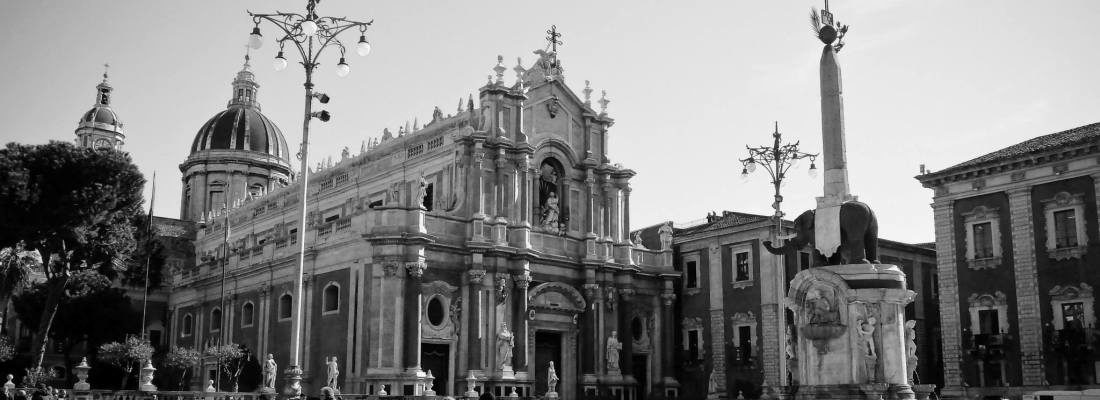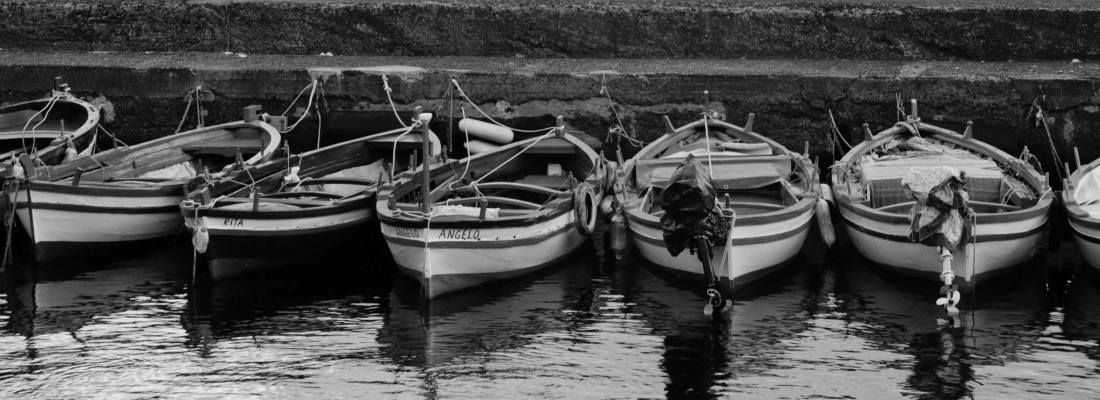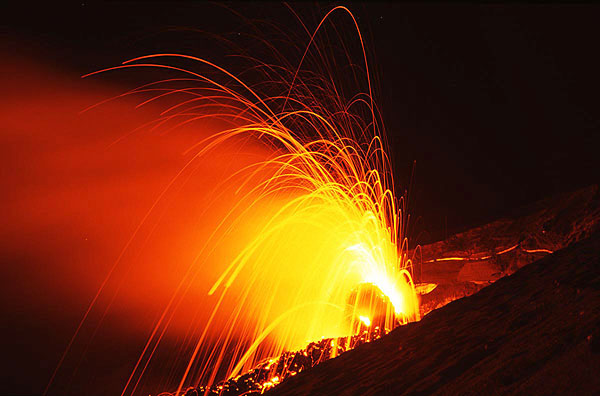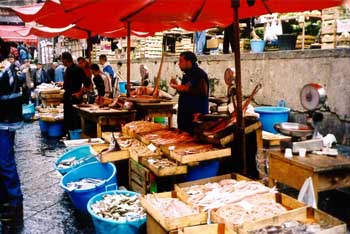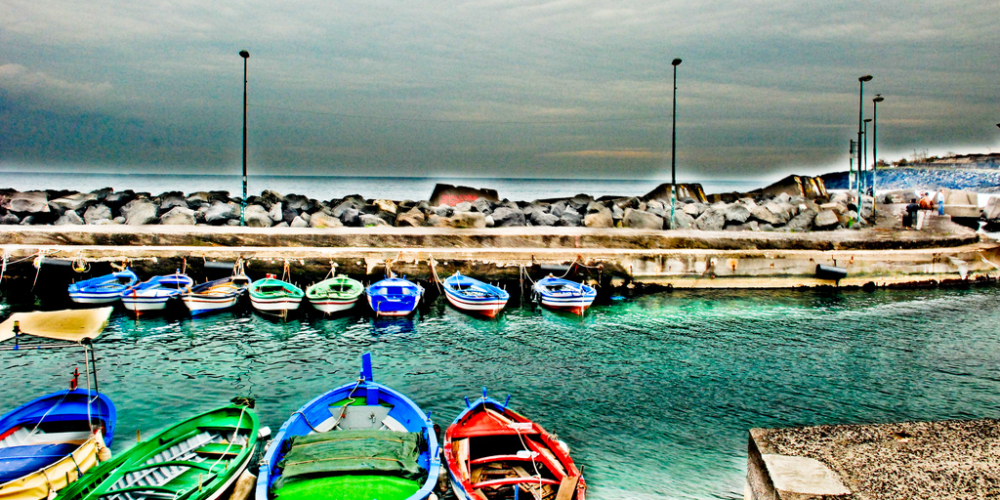Catania
Art
History
Monument
Catania's Numbers
Catania is situated at the centre of the Mediterranean sea. It is a natural stage where the sun, the Jonio sea and the fire of Mount Etna, blended to 2,700 years of history, are the scenery for a daily unique performance.Catania, due to its splendid location and to its temperate climate, was since VIII century B.C. subsequently conquered by several dominators: Greeks, Romans, Goths, Byzantines, Arabs, Normans, Swebians, French, Spanish, and Austrians who have all left their “footprints”, in the form of beautiful buildings, and in the amiability and cordiality toward guests of the local people.A trip to Catania should be planned by anyone who is looking for a fundamental rendezvous with Culture, history and with the unique nature of the highest active Volcano in Europe “Etna” and also by those who want to easily reach the other beautiful resorts in Sicily.
Catania is the birthplace of the composer Vincenzo Bellini in 1801. An opera house, the Teatro Massimo Bellini is named after him and a museum exists on the site of his birth.
In the late 1980s and 1990s Catania had a unique popular music scene with local radio stations. As a result of these idiosyncratic and regional radio stations Catania boasted a youth culture in which indie pop and indie rock from lesser known international bands like. As a result of the eclectic taste in indie pop and indie rock Catania has been the birthplace of a number of dynamic and unusual independent music record labels.
Catania is the second largest city of Sicily and is the capital of the province which bears its name. With 306,000 inhabitants it has the second highest population density on the island.
It is located at 37° 31’N 15° 04’E on the east coast of the island, half way between Messina and Siracusa and is at the foot of the active volcano Mount Etna.
It was founded in the 8th century BC by Greek colonizers from Chalcis in Euboea led by Euarchos. Initially called Ætna, after the volcano, the city was later known as Katane (see also List of traditional Greek place names). It was extensively destroyed by earthquakes in 1169 and 1693 and by lava flows which ran over and around it into the sea.
The first Sicilian university was founded there in 1434.
The city’s patronal saint is Saint Agata.
The city has been buried by lava a total of seven times in recorded history, and in layers under the present day city are the Roman city that preceded it, and the Greek city before that. Today, the tops of the immense Greek and Roman amphitheatres are at street level and in several places the adventurous can descend into the numerous and uncharted tunnels under the city, although the perils of finding pockets of poisonous gas or being found down there by nasty people make this highly unadvisable.
Under the city runs the river Amenano, visible in just one point, on the south side of Piazza Duomo.
The main monument of catania is “u Lioutru”, an elephant made of lava rocks situated at the centre of Duomo Square.
Other important monuments:
-
- Roman Theatre and Odeon
- Roman Anphitheatre
- Sant’Agata Cathedral
- 5 churches of Sant’Agata (Badia, La Vetere, Carcere, Fornace)
- San Francesco of Assisi Church
- Santa Maria di Gesù Churchv
- San Nicolò l’Arena Church
- San Placido Church
- la Colleggiata Church
- Elephants Palace
- Palace “Seminario dei Chierici”
- Biscari Palace
- Justice Palace
- Achilliane Terme below Duomo Square
- Terme della Rotonda
- Terme dell’Indirizzo
- Teatro Massimo, Vincenzo Bellini (Opera)
- Amenano Fountain
- Porta Uzeda and mura di Carlo V
- Porta Garibaldi “Fortino”
- Duomo Square
- University Square
- Stesicoro Square
- Mazzini Square
- Bellini Square (Opera)
- Etnea Street (Baroque Style)
- Crociferi Street (Baroque Style)
- Vincenzo Bellini Museum and House
- Giovanni Verga Museum and House
- Ursino Castle (Norman)
- “Le Ciminiere” Meeting Centre (Ancient and Modern)
- “I Malavoglia” Fountain
- Bellini Garden (the main garden)
- Pacini Garden “Villa varagghi”
About 300.000 people live in the city center and 800.000 in the metropolitan area.
Catania has a commercial seaport in the city, an international airport (Catania Fontanarossa) to the South, a central train station (Catania Centrale) on the main lines Messina-Syracuse, Catania-Gela and Catania-Palermo, as well as the privately-owned small-gauge Circumetnea railway which runs for 110 km from Catania round the base of Mount Etna, attaining the height of 976 m above sea level before descending to rejoin the coast at Giarre-Riposto to the North. In the late 1990s/early 2000s the first line of an underground railway was built, under the city, extending the Circumetnea from its stop on the north side of town to the Central Railway Station on the southeast (work in progress).
The metropolitan area of Catania includes the following towns:
- Aci Bonaccorsi
- Aci Castello
- Aci Catena
- Aci Sant’Antonio
- Acireale
- Belpasso
- Camporotondo Etneo
- Gravina di Catania
- Mascalucia
- Misterbianco
- Motta Sant’Anastasia
- Nicolosi
- Paternò
- Pedara
- Ragalna
- San Giovanni La Punta
- San Gregorio di Catania
- San Pietro Clarenza
- Sant’Agata li Battiati
- Santa Maria di Licodia
- Santa Venerina
- Trecastagni
- Tremestieri Etneo
- Valverde
- Viagrande
- Zafferana Etnea

